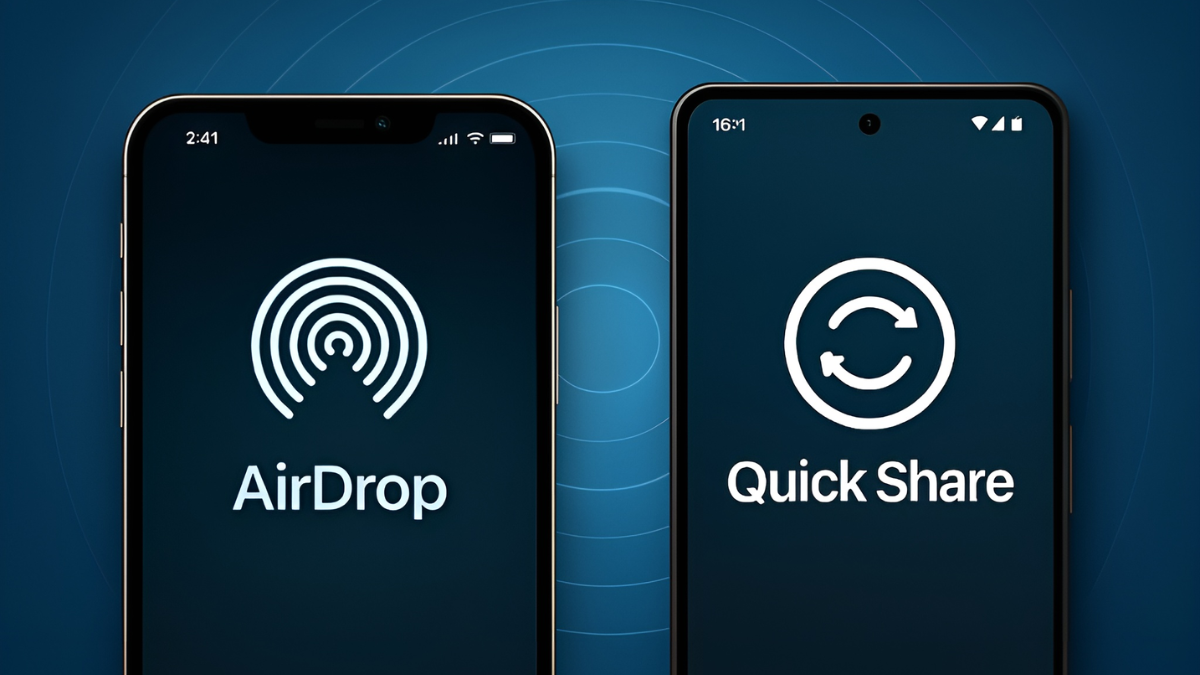Necessary Always Active
Necessary cookies are required to enable the basic features of this site, such as providing secure log-in or adjusting your consent preferences. These cookies do not store any personally identifiable data.
|
||||||
|
||||||
|
||||||
|

In Focus
In a strategic move toward device ecosystem interoperability, Google announced via its blog that Quick Share will now support compatibility with AirDrop, starting with the Pixel 10 family, according to Google’s official blog. This update signals a key advancement for Snapdragon phones’ AirDrop support and is aimed at simplifying file sharing between iOS and Android devices.
Google’s introduction of Snapdragon phone’s AirDrop support marks a practical shift for organizations that rely on cross-platform mobility. The integration enables the Pixel 10 lineup to exchange files with iPhones, iPads, and Macs when the Apple device is set to AirDrop’s “Everyone for 10 minutes” mode. This creates a more unified sharing framework for environments operating both Android and iOS systems, improving workflow efficiency for distributed teams.
Key functional developments include
The expansion of Snapdragon phone’s AirDrop support holds direct significance for Android manufacturers and enterprise mobility environments that depend on mixed-OS device fleets. As Google prepares a broader rollout beyond the Pixel 10 line, organizations using Android devices powered by Snapdragon chipsets are likely to experience more streamlined cross-platform communication.
This is especially relevant for workflows involving frequent file transfers between field teams, partner networks, and client-facing units operating across Android and iOS ecosystems. Recently, Google has released the Gemini 3 Pro AI model; it has started integrating it across its product suite, including the Gemini app and the AI Mode in Search.
Core Operational Notes for Android Smartphones
This phase of Google Quick Share Snapdragon feature expansion suggests a broader industry trend toward flexible, cross-platform interoperability. As more Android manufacturers adopt Quick Share’s AirDrop compatibility, organizations can expect smoother operational coordination across diverse device ecosystems. In other news, Google will make a final attempt to convince a U.S. court not to break up its advertising technology business as the antitrust trial wraps up.
The expansion of Snapdragon phone’s AirDrop support marks a significant development in cross-platform file sharing. With Quick Share now interoperating with AirDrop, Android and iOS users can expect a more consistent method of transferring files without relying on external tools.
This shift reflects the broader industry movement toward practical interoperability, where devices operating different systems can interact with greater ease. On November 14, 2025, Google launched the Google AI shopping tools in the U.S. and expects to make them available in other regions soon.
As Google prepares broader support across additional Snapdragon-powered devices, users may benefit from more predictable and secure sharing experiences across smartphones, tablets, and laptops. Overall, this update strengthens the usability of Android devices in mixed-platform environments and sets a measurable direction for future connectivity standards across mobile ecosystems.